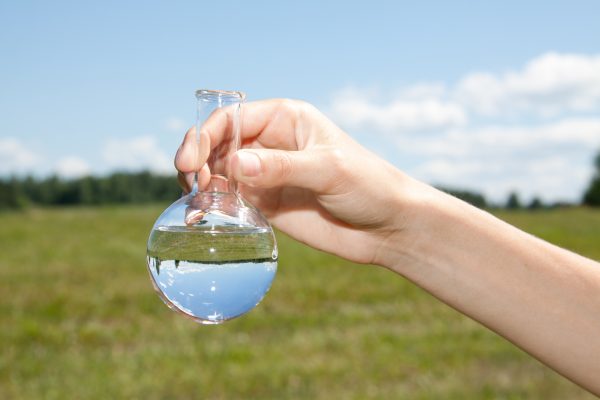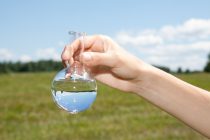Poor indoor air quality is not the only form of pollution that affects human health. In 2005 the Environmental Working Group (EWG) analyzed more than 22 million tap-water quality tests finding that 260 contaminants were detected in water served to the public.
You can download this fact sheet by clicking here.
More than half (141) of these contaminants were unregulated. Not considered in the study were unregulated pharmaceuticals and personal care product chemicals, which were found in the tested water. The good news is that the analysis found over 90 percent compliance with enforceable health standards.
The 1974 Safe Drinking Water Act (SDWA), amended in 1986 and 1996, gives the Environmental Protection Agency authority to set drinking water standards for public water systems with at least 15 service connections or regularly serving at least 25 individuals. There are two categories of EPA drinking water standards: primary and secondary. Primary standards are legally-enforceable standards that apply to public water systems. Secondary standards are non-enforceable guidelines for contaminants that may cause cosmetic effects. The EPA requires public water suppliers to provide a consumer confidence (CCR) report to their customers. To find your CCR by zip code consult the EWG National Tap Water Quality Database at this link.
Municipally treated water is usually low in biological contaminants because of chlorination, but it is not well-screened for industrial and hazardous waste. The chlorine with which almost all municipal water is treated reacts with naturally occurring organic materials, creating harmful trihalomethanes. This is in addition to the chlorine itself which is a microbial poison.
The only way to assure the quality of what you drink and cook with is by having your own purification system that is carefully and periodically maintained. Typically, purification systems for large municipal water systems can be standard off the shelf systems. Private systems, usually well water, are more difficult because the physical properties of the water may be ‘bad’ enough to require some form of pre-treatment before purification equipment can be expected to preform reliably for the expected length of time. A credentialed, localwater purification individual should be consulted to avoid unnecessary expense due to equipment failure. The types of equipment available:
- Water Conditioners–used to improve aesthetic qualities. These devices are not purifiers, in the sense of chemical contamination removal. Principle among these are water softeners and iron removal systems used typically on well water.
- Water Purifiers– These remove chemical and biological contaminants.
| Type of Purification | Filtration Ability Millionths of a Meter | Typical Contaminant Removed |
| Steam Distillation | Better than RO | All, depending on design |
| Reverse Osmosis (RO) | 0.001 | Virus, Bacteria, drugs, Chemicals |
| Carbon block Filter | 5 | Organic Chemicals, Sediment, cysts |
| Granulated Activated Carbon | 25 | Organic Chemicals, Large sediment |
| Ceramic Filter | 0.9 | Sediment, Cysts |
Steam Distillationrequires considerable energy to boil the water. The water and leaves behind mineral that must be cleaned from the distiller. Chemicals that volatilize and condense like water must be removed by carbon pre-filtration. Process produces water with nothing left but H2O.
Reverse Osmosis produces about 3 gallons waste water for every one of purified water. This water can be repurposed for watering of plantings and lawns.
Want to learn more on this issue? Click the comprehensive online course, here below.


